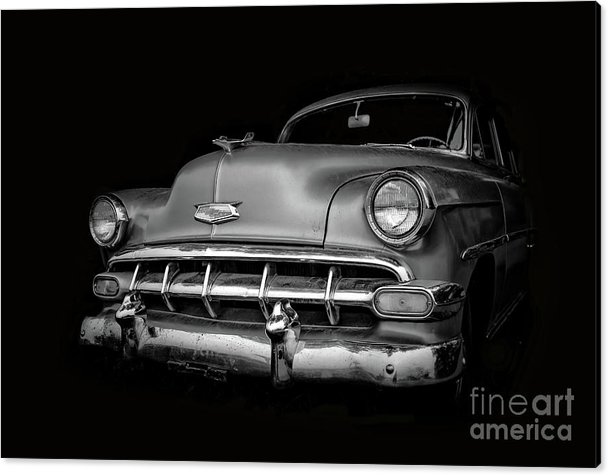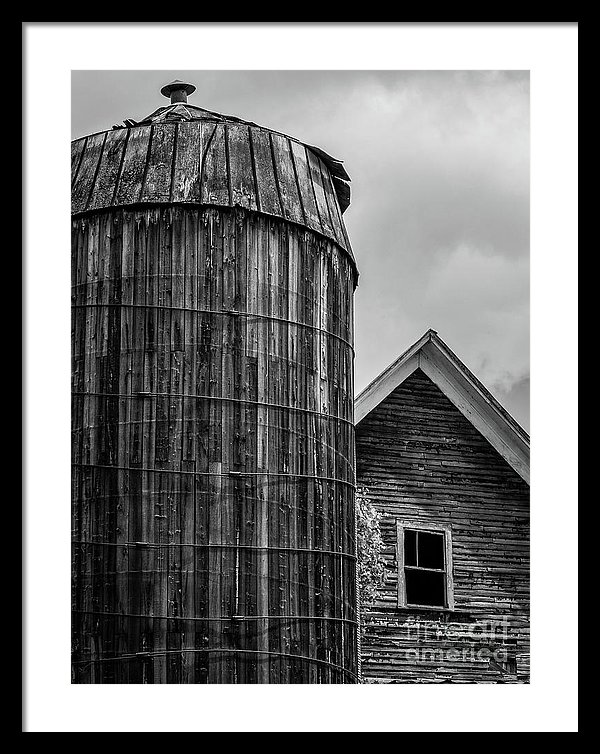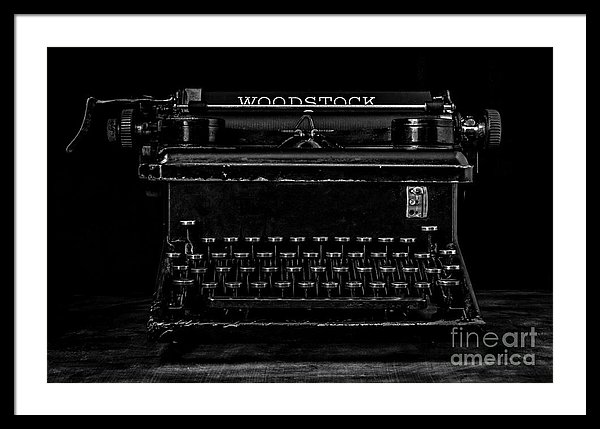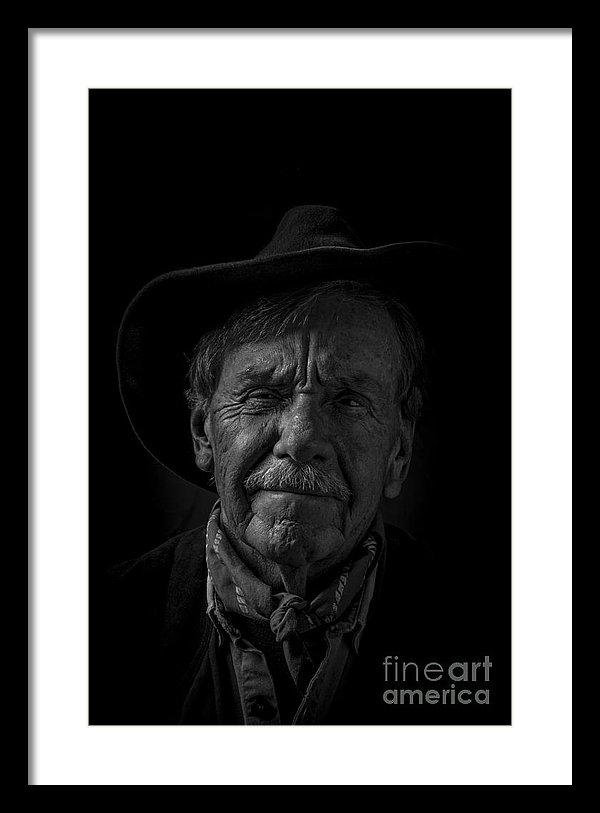Black and White Photography
I recently ran across this comment on a discussion thread about black and white photography in the days of digital cameras “these days all you have to do is hit a button”.

Sorry, folks but if all you are doing to create a black and white photograph is clicking a button, you doing it wrong. Unless you spend time with your image, massaging out all that it can be, you are simply creating a snapshot.

Black and white photography has such a potential for drama, excitement and storytelling among the highlights, shadows and mid-tones. There are so many elements at your disposal to tweak out greatness for what might be otherwise ho hum.

Contrast, exposure, tonal range, vignetting, filters for red, green, blue, dodging and burning and vignettes to name a few. Losing the color information is just the start even before the color is lost the image can be controlled and developed using the color information.
Pushing the “convert to black and white” button in software is the modern day equivalent of sending black and white film off to Fotomat, which then sends back an envelope of dull photographs all processed the same. Why? Because the equipment is all calibrated to produce a mid-tone for white skin. The result is dull prints that provoke no emotion or excitement.
There is no reason not to approach black and white digital photography with all the seriousness and intent shown in the past by the great photographers and their darkroom team such as demonstrated in this marked up photograph of James Dean. Notice how much thought, care, technique and strategy went in to the creating the final image.

Resources:
